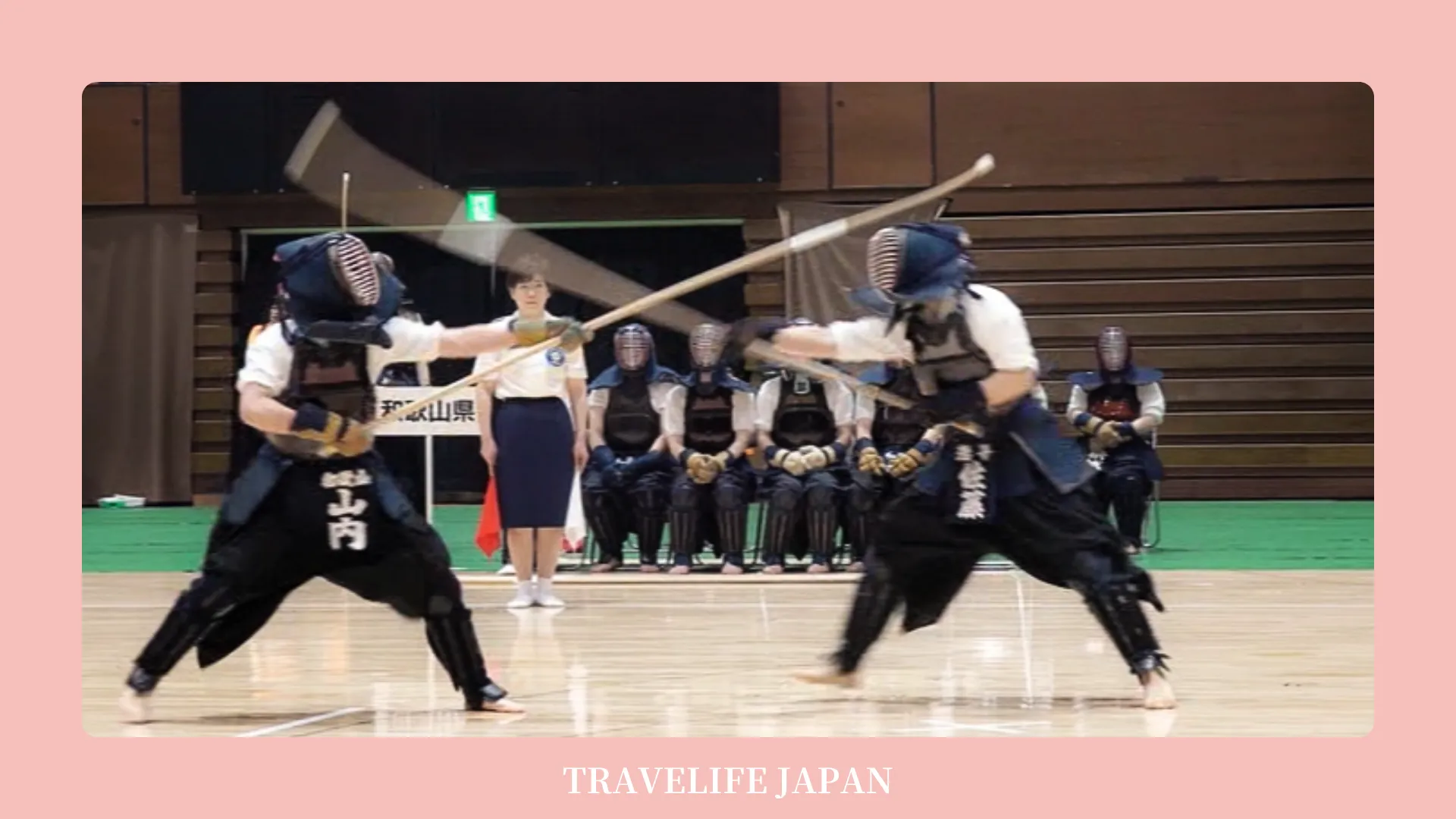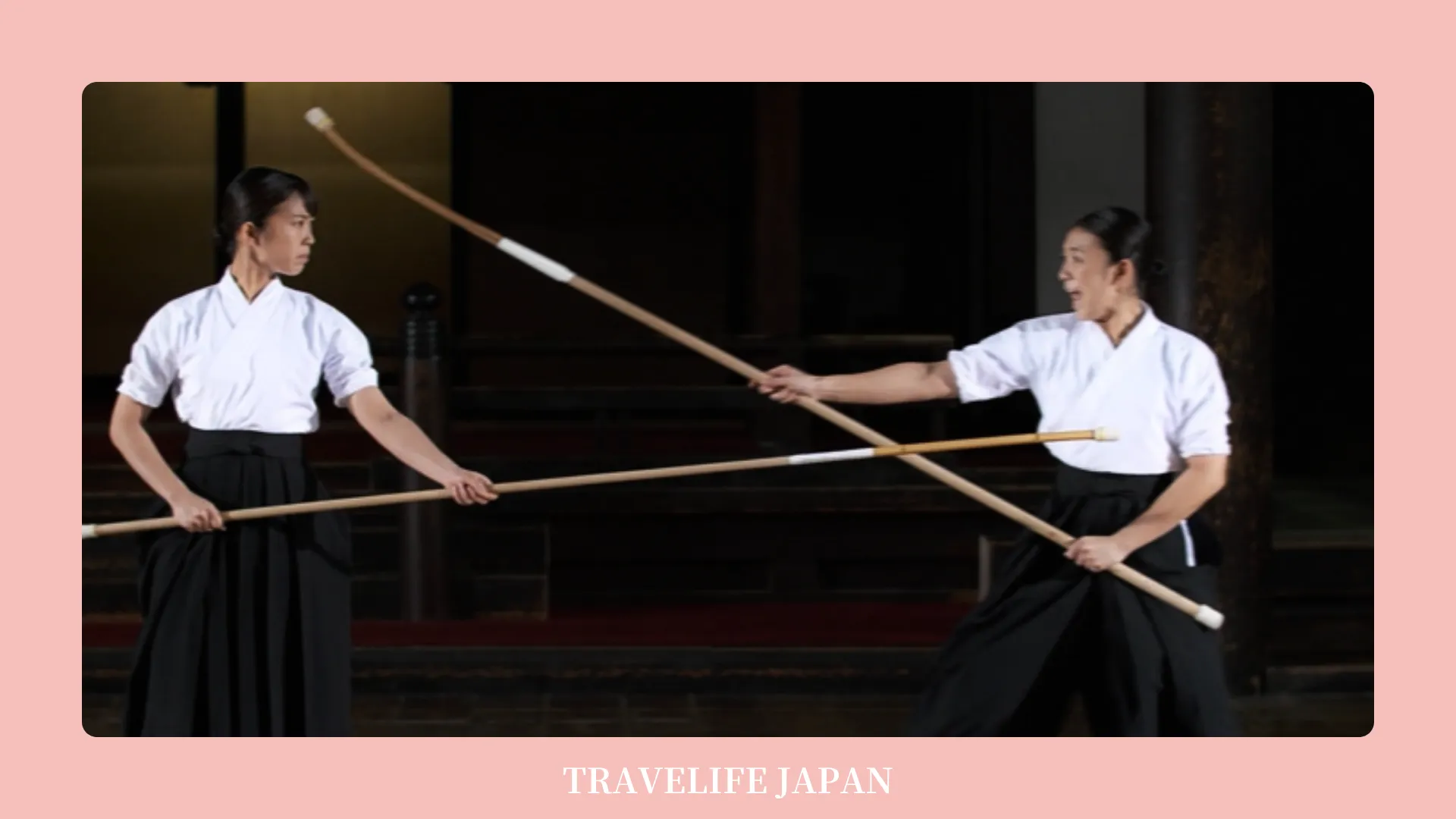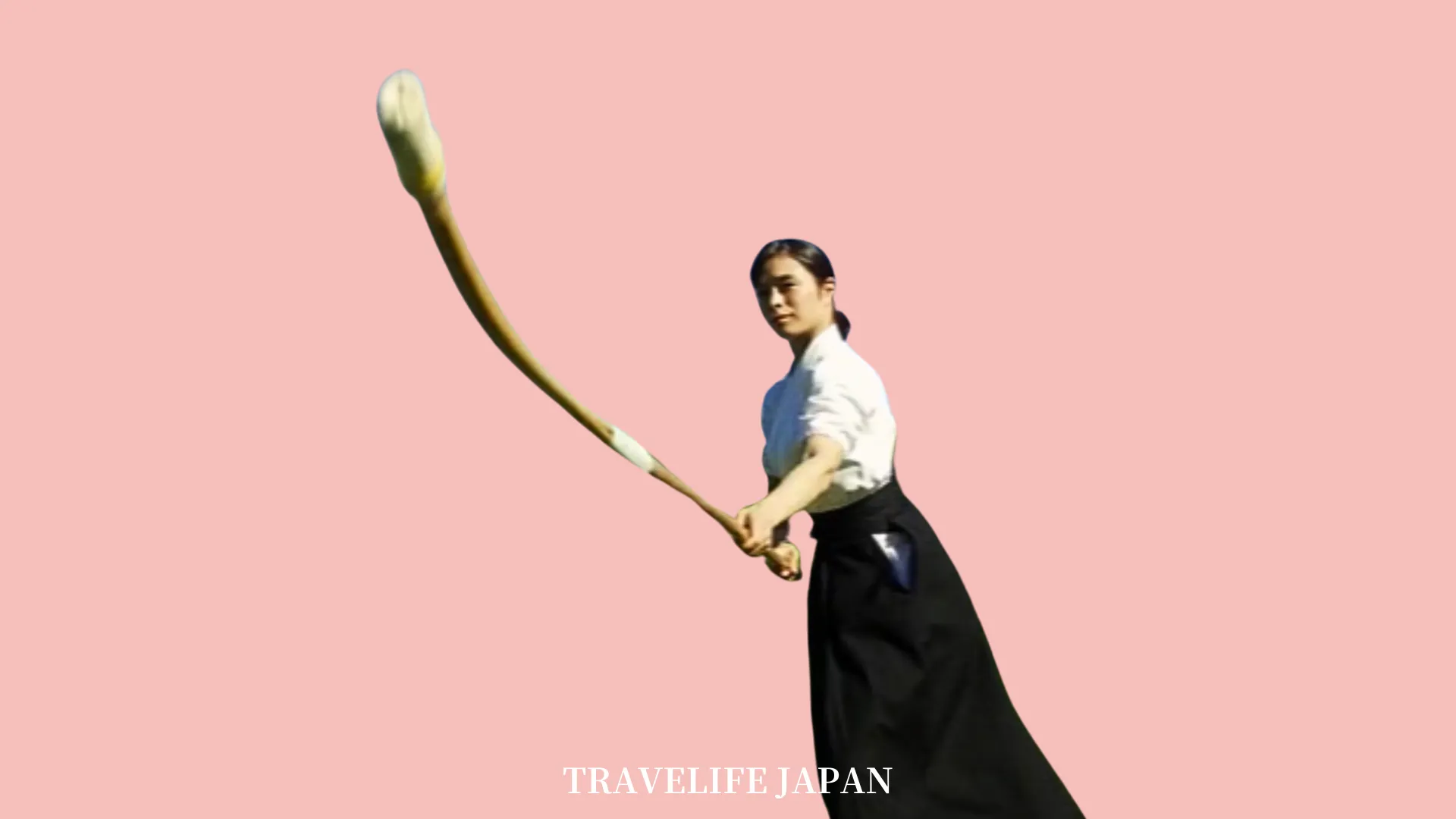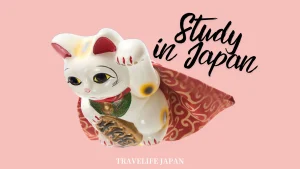Have you ever heard of Naginata? This traditional Japanese martial art, derived from ancient battlefield weaponry, skillfully combines physical technique with spiritual discipline. Over the centuries, it has evolved into a deeply respected practice focused on precision, respect, and personal growth, preserving its cultural heritage.
Origin of Naginata

The Naginata first appears in historical records in Japan’s oldest chronicle, the “Kojiki,” dating back to 712 AD. It gained prominence during the Nara Period around 750 AD when it was primarily used by warrior monks. By 936 AD, during the Tengyo Insurrection, it was a common sight on battlefields, as depicted in period art. Its first recorded use in combat comes from the “Oushu Gosannenki,” a historical text from 1086.
As time progressed, the Naginata evolved. By the 1500s, the advent of muskets and large-scale warfare reduced its practical military use, confining it to more ceremonial roles among warrior priests and women. The Edo period saw it symbolize the honor of samurai women, who trained with it not just in martial arts but also in cultivating virtues like harmony and moderation.
The Meiji Restoration’s western influence in the late 19th century saw a decline in traditional martial arts, but the Naginata persisted as a tool for strengthening the spirit and body. Post-World War II, the All Japan Naginata Federation revitalized it through “Atarashii Naginata,” a modern sportive adaptation, ensuring its practice in schools and through cultural organizations globally.
Types of Naginata Swords

Naginata swords vary significantly in style and design, reflecting their adaptation over centuries. The “jing” type Naginata features a thinner blade with less curvature, suitable for precise, quick cuts. In contrast, the “ba” type has a wider body and greater curvature, enhancing its slicing capability, which was particularly useful for mounted use.
After falling out of regular military use, many Naginatas were repurposed into samurai swords in a process known as “Naginata Naoshi,” where the blade was shortened and reshaped to fit contemporary sword styles. This adaptation illustrates the versatility and enduring relevance of the Naginata in Japanese weapon history.
Etiquette of Naginata

In Naginata, the principle of rei (etiquette) extends deeply into both the martial arts practice and the daily lives of its practitioners, symbolizing profound respect and gratitude. Rei is crucial, shaping character and conduct both on and off the mat.
- Ritsurei (Standing Bow)
Performed towards both the shomen (altar or sacred place) and an opponent, ritsurei is a gesture of deep respect. It involves a bow of 30 degrees to the shomen and 15 degrees to an opponent, with practitioners adopting the shizentai (natural standing position). The Naginata remains stable and upright, mirroring the practitioner’s discipline. This bow is complemented by a subtle motion of the left hand towards the inner left thigh, underscoring the sincerity of the gesture. - Zarei (Seated Bow)
This involves moving from standing to the formal kneeling posture of seiza. The Naginata is placed to the right, blade pointing backward, signaling non-aggression. Practitioners then lean forward, placing their hands on the floor without spreading their elbows, showing humility and reverence. - Transitioning and Maintaining Posture
Transitioning into and out of seiza involves a meticulous and graceful movement that reflects respect for the art. Practitioners stand by pivoting slightly, picking up the Naginata in a ready stance, indicative of their continuous readiness and respect for the discipline. - Shizentai (Natural Standing Position)
This flexible and ready posture is essential for effectively responding to opponents’ movements, foundational for both offensive and defensive actions in Naginata.
The practice of rei in Naginata also influences how practitioners interact with others, promoting virtues like respect, patience, and modesty in daily interactions. These principles encourage a harmonious and respectful lifestyle, extending the values learned through Naginata into broader social conduct. Through diligent practice, practitioners develop a balanced approach, enhancing personal growth and contributing positively to society.
Conclusion
The Naginata is more than just a weapon; it’s a bridge to Japan’s rich historical and cultural past. Its evolution from a battlefield tool to a symbol of discipline and elegance in martial arts underscores its unique position in the annals of Japanese history and the martial arts world. As it continues to be practiced worldwide, the Naginata remains a testament to the enduring appeal and relevance of traditional martial arts in the modern era.
\ Follow Our Community /
STUDY IN JAPAN
INQUIRE NOW
Want to learn Japanese in Japan?
Ask us any questions with free application support.
Fast and Easy!








